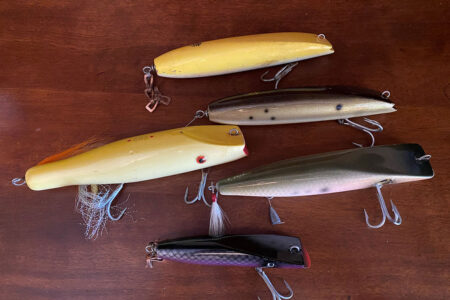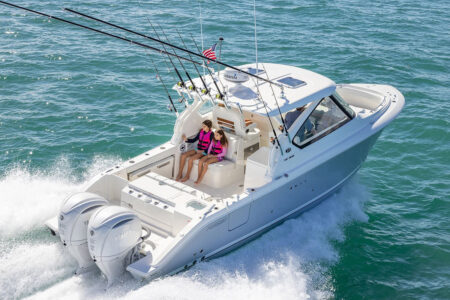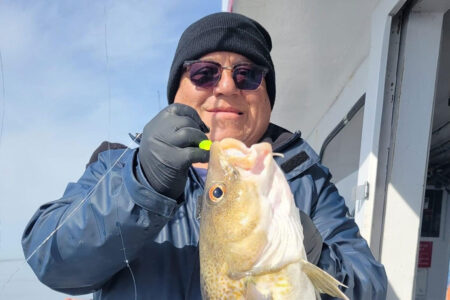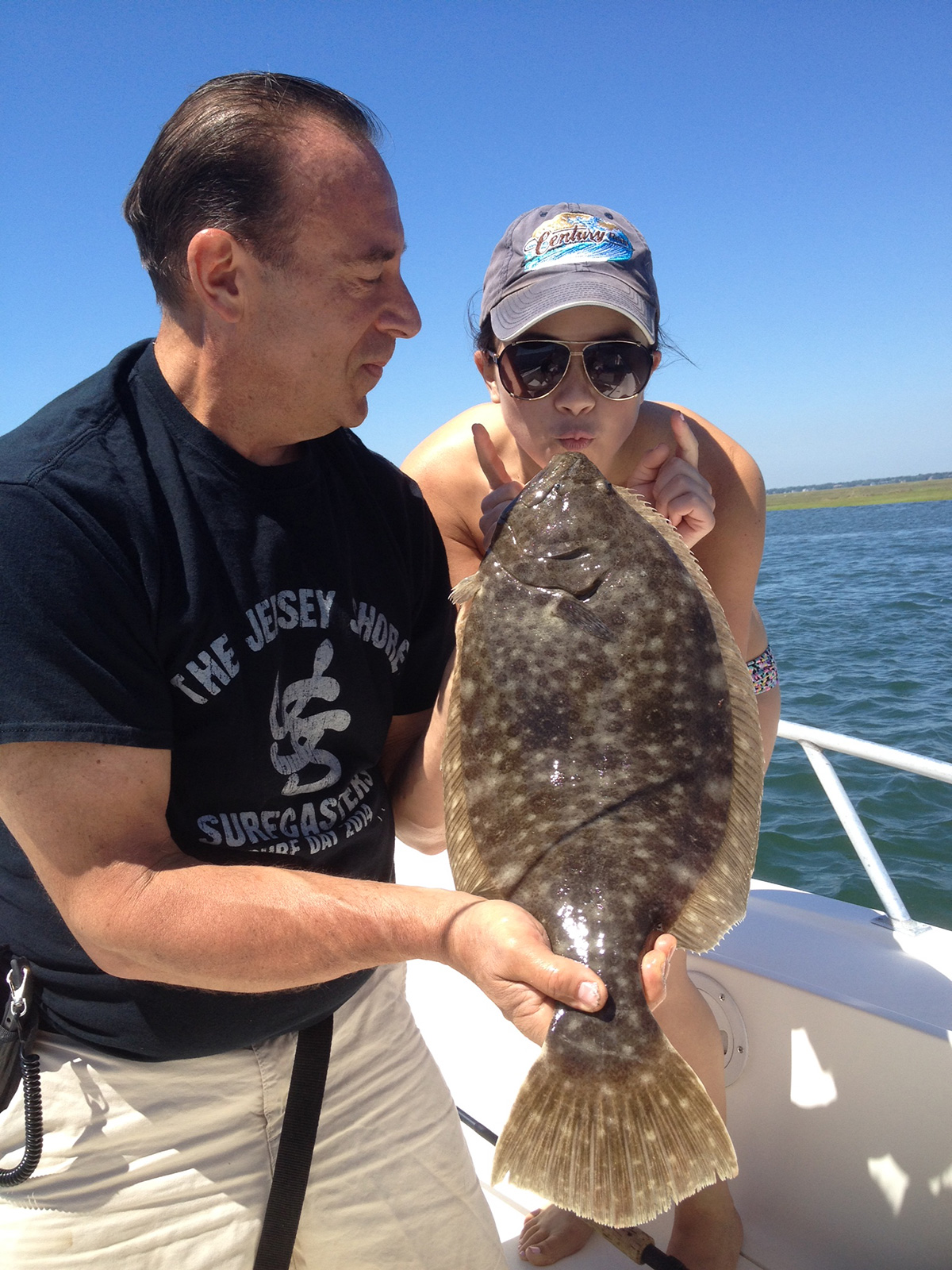
After a year of controversy and debate, the summer flounder season is finally getting underway this month!
Summer flounder fishing in the shallow back waters of New Jersey has made great memories for my family over the years. My wife and kids all love this quiet and comfortable fishing that they grew up with, as did I.
But over the years, the boats, our area, the fish, and the tackle and techniques we use have all evolved. My wife prefers drifting a bare hook with a minnow and a squid strip, or she used to until my Gulp!-tipped bucktail and teaser put 11 fish in the boat before she got a bite on the first drift. Guess who’s going ultra-light with a bucktail this spring?
And there go my bragging rights!
Finding a Hot Spot
Early season always finds chilly water on the incoming tide, and a bump in water temp on the sunny afternoon ebb tide helps to get the fluke in a feeding mood. The fluke sometimes bite better on one tide than the other, and as the water warms and the season progresses, the incoming might be better with the cleaner water it brings. This early season game has me looking far in the back bays on opening day near the very shallow bays that warm up earliest, places such as Skull Bay and Lakes Bay behind Ventnor and Margate.
For your own local reference, the channel that exits each of these bays acts like a highway for the fluke exiting the warm estuary. They are exiting as they follow the baitfish that are usually on the spawn at this time of year; this forage goes deep into the back to spawn at certain times and tides, and as they leave, the summer flounder of late spring leave with them.
Quality backwater fluke fishing is all about location and conditions. Start off by looking for a shallow flat that pours over a ledge into deeper water. This sounds like a perfect spot to drift for larger than normal, easy going fluke. Learn many of these spots for both the incoming and the outgoing tides. They are different spots because of the direction of the drift, and the way the channel’s edge lies in relation to the drift. If the drift is to the south and the channel goes north to south, you’re in business.
Drifting straight along the edge is much more productive, as your baits spend more time in the strike zone as you drift down along the ledge rather than simply drifting over it. The changing contours of the edge of the channel is where you want to spend your time; bump the motor in gear to keep your drift true.
My favorite spot is near a large cut several hundred feet wide and about 5 feet deep at high tide. The incoming tide pushes my boat out of the cut and into the larger channel, drifting directly along its edge where the depth is about 15 feet. Depending on wind and current, we sometimes get pushed deeper into this channel’s 35-foot deep center where we often pluck some dandies. Because we are drifting from shallow to deep and we want our jigs to swim on or close to the bottom, we need to play our game a bit differently than we would normally fish a jig.
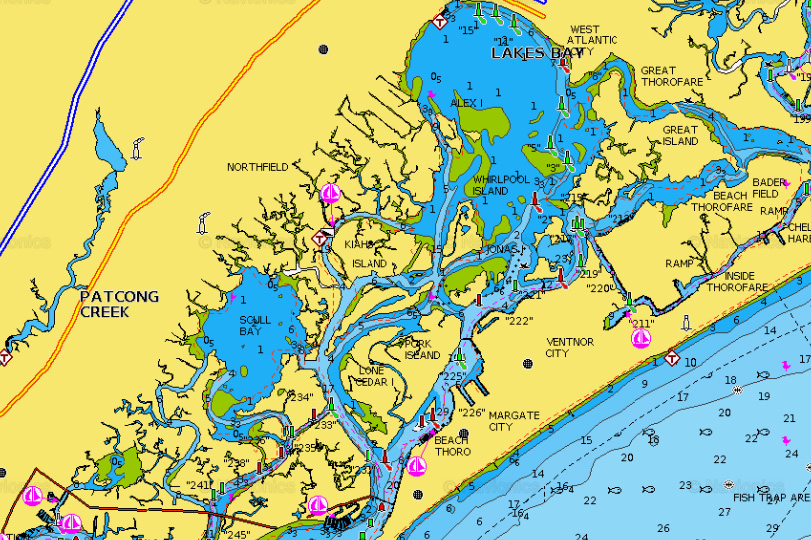
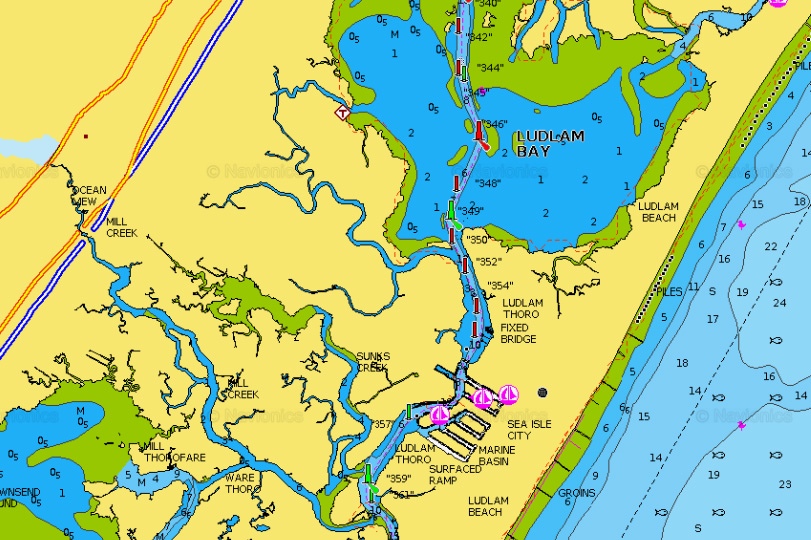
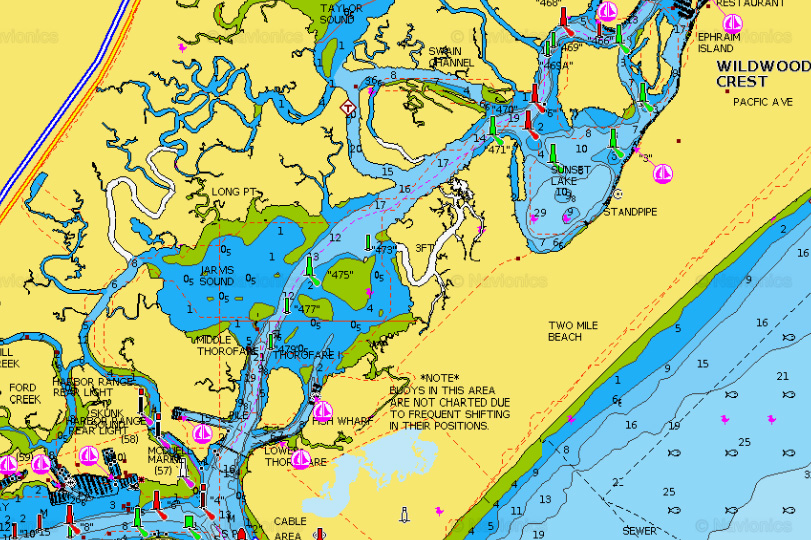
Drift Tactics & Gear
When you start your drift, cast your jig as far down tide as you can. In the shallow water, it quickly touches bottom and comes tight. As you drift along and into deeper water, the jig works into the deeper water and stays in the strike zone especially as the depth increases along the edge. By the jig being cast from your boat, the slack line lets it stay where the fluke can see it. Cast on back as far as you can and put it in the rodholder. Cast a second rod out but not quite as far back. Watch the rods as the tips bounce when the jigs touch bottom. When the tip goes down, and keeps going down, pick up the rod and point the tip at the fish. When the line comes tight, set the hook.
This drop back technique is quick on some days and slower on others. When the fish are hitting short, it puts fish in the box.
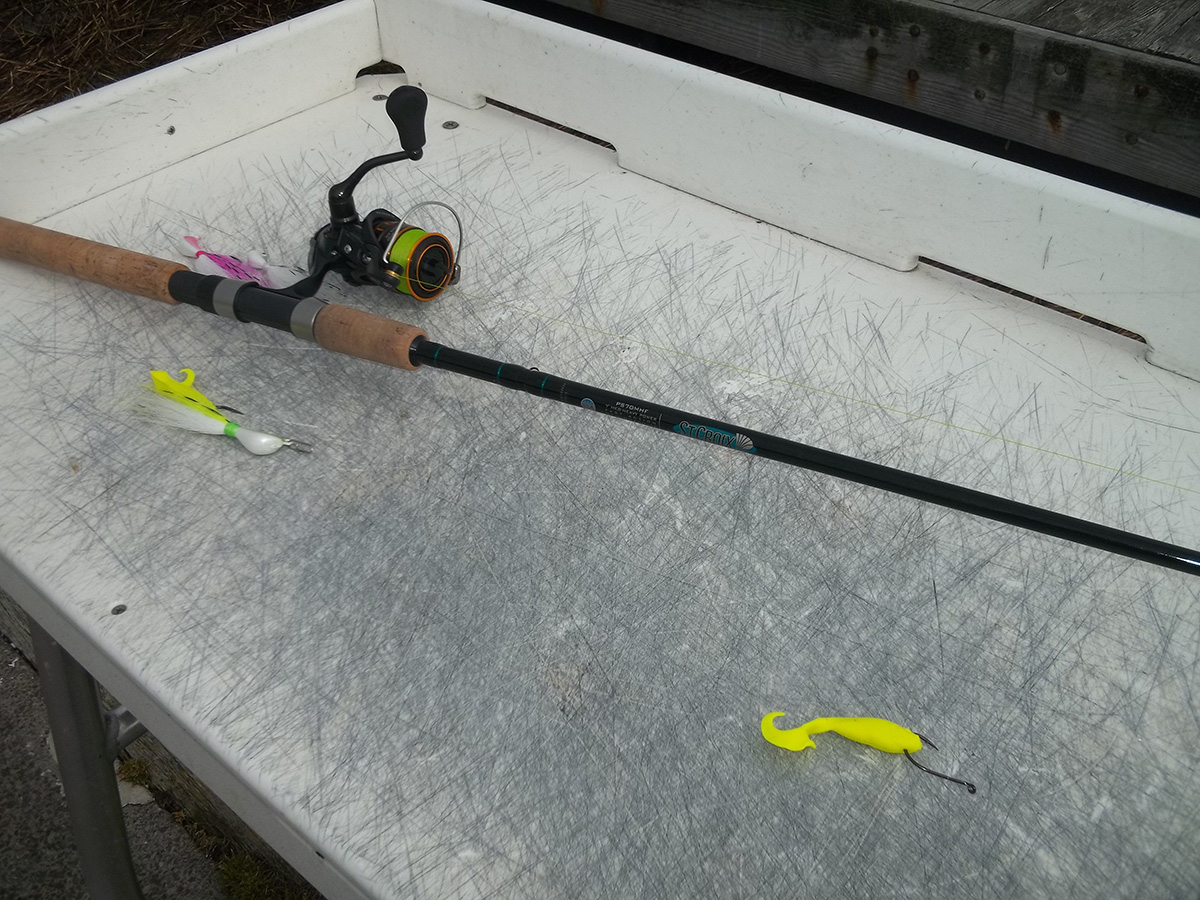
Pick your nice light spinning rod with the 10- or 20-pound braid on it. Use an FG knot (see our Fishing Knots tutorial under the Resources tab of TheFisherman.com for how to tie this and other useful knots) to a 4-foot length of 20-pound mono leader material. On the end, tie a small backlash snap and add a jig. Any jig will do, but a jig designed for fishing in this very shallow water is perfect; a 1/2-ounce Fluke Master jig is spot on. About a foot above the jig, tie a dropper loop; pass the folded dropper loop through the eye of a 4/0 Gamakatsu octopus hook locking the hook by passing it back through the loop. Nose hook a 3-inch Gulp! Swimming Mullet on each hook and you are ready to out catch the rest of the boat, or maybe the fleet!
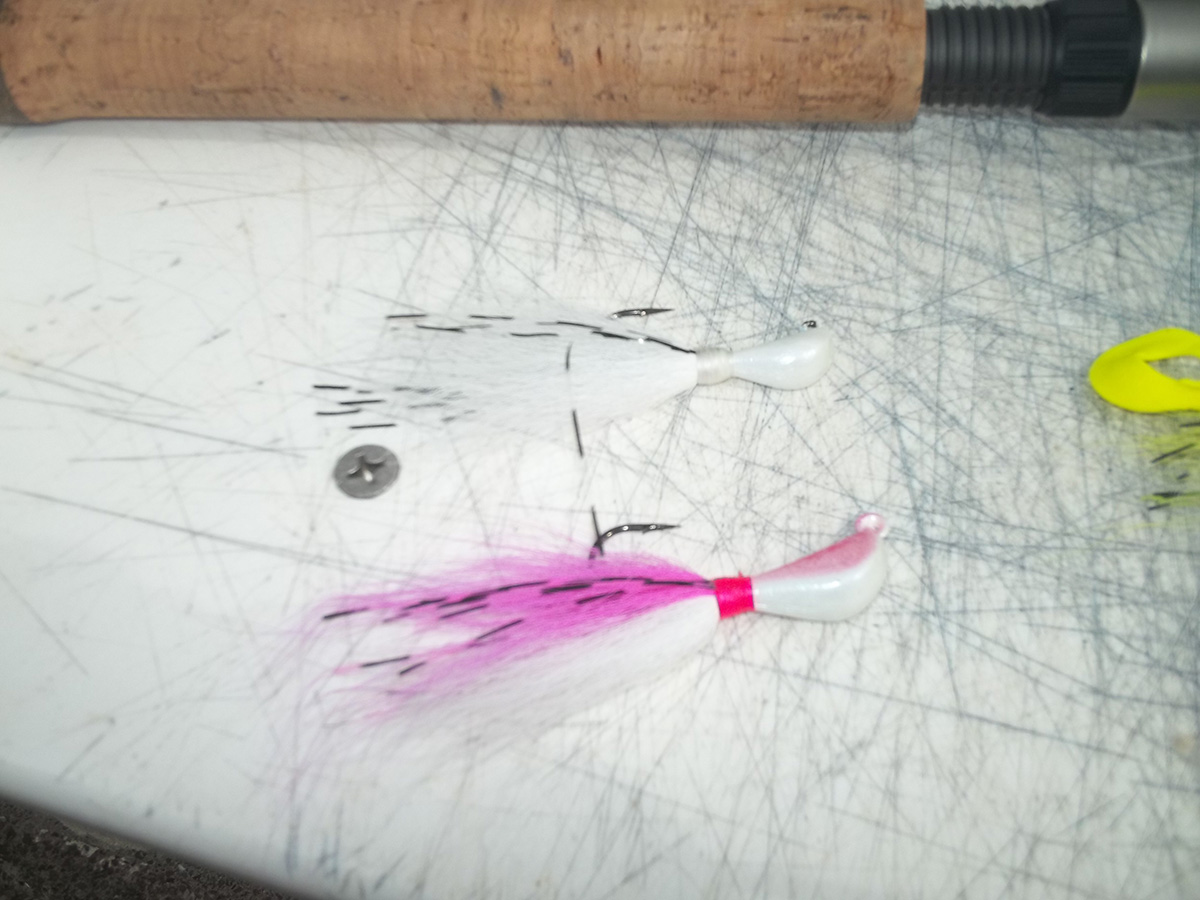
Quiet backwaters are so calming and enjoyable. Close by for you to enjoy yourself at sunrise, or take the wife and kids after breakfast. Rent a boat, or fish your own, but get in on this awesome fishery during this great time of year. Early season almost always finds the largest fluke of the year in the shallows.
The details shared here help you catch fish like it’s your job. If you don’t do it every day, keep an eye on the guy who does. Ask the hot boat what he is using. Most times guys will share if asked respectfully. Don’t crush his spot, but you can learn a good spot that you can try when he leaves.
Catching fish is the sum of bottom contour and drift direction; together, they are everything.
